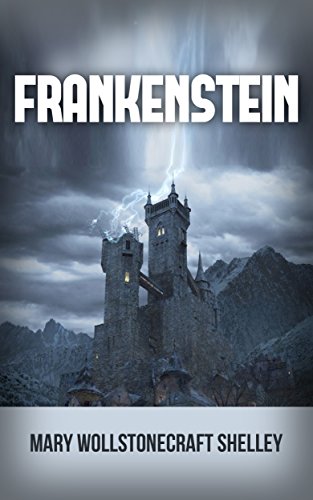
In 1814, Shelley passed across Europe, traveling along the Rhine River in Germany with a stop in Gernsheim, just 17 km (10 mi) away from Frankenstein Castle, where an alchemist was interested in experiments two centuries ago. She later traveled to the region of Geneva (Switzerland), where much of the story takes place, and her companions, particularly her lover and future husband, Percy Shelley, explored the subject of galvanism and other related occult concepts. To see who could write the best horror story, Mary, Percy, Lord Byron and John Polidori agreed to have a competition. Shelley dreamed of a scientist who invented life and was horrified by what he had created after thought for days; her dream later developed into the plot of the novel.
Elements of the Gothic novel and the Romantic movement infuse Frankenstein, and it is often considered to be one of the earliest examples of science fiction. Brian Aldiss argued that it should be considered the first true science fiction story since the central character “makes a deliberate decision” and “turns to modern experiments in the laboratory” to obtain spectacular results, unlike prior stories with fantastic elements resembling those of later science fiction. In literature and popular culture, it has had a tremendous impact and developed a full genre of horror stories, films and plays.
The word “Frankenstein” has also been used to refer to the monster itself since the novel’s publication, as it is in the stage adaptation by Peggy Webling. This usage is often considered erroneous, but it is considered well-established and appropriate by usage commentators. In the book, terms such as “wretch”, “creature”, “monster”, “demon”, and “it” describe the monster. The wretch refers to himself as “the Adam of your labours” speaking to Victor Frankenstein, and elsewhere as someone who “would have” have been “your Adam” but is now “your fallen angel.”


 (4.5 / 5)
(4.5 / 5)
